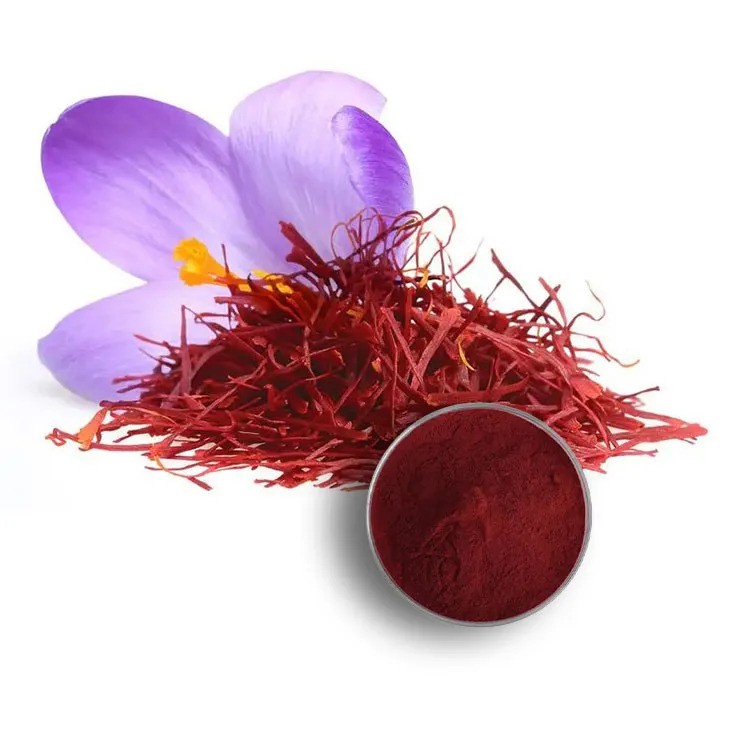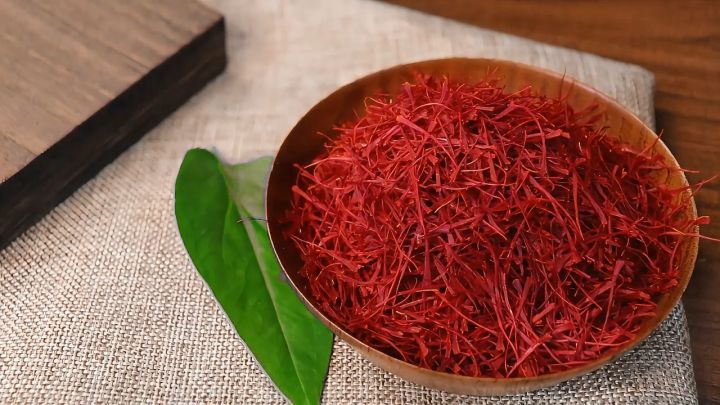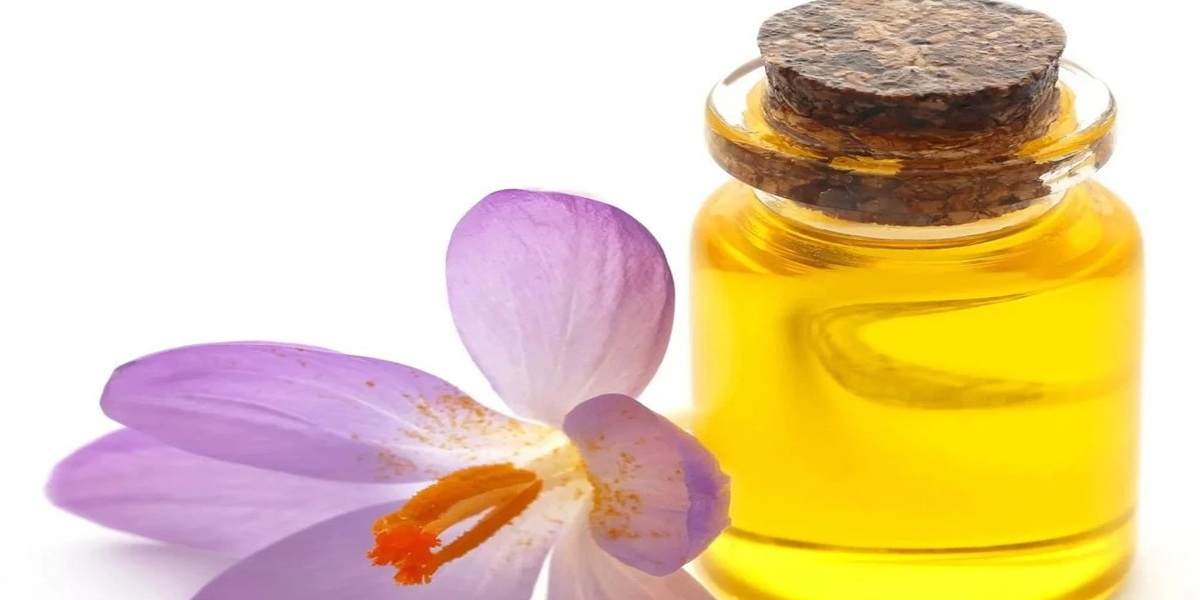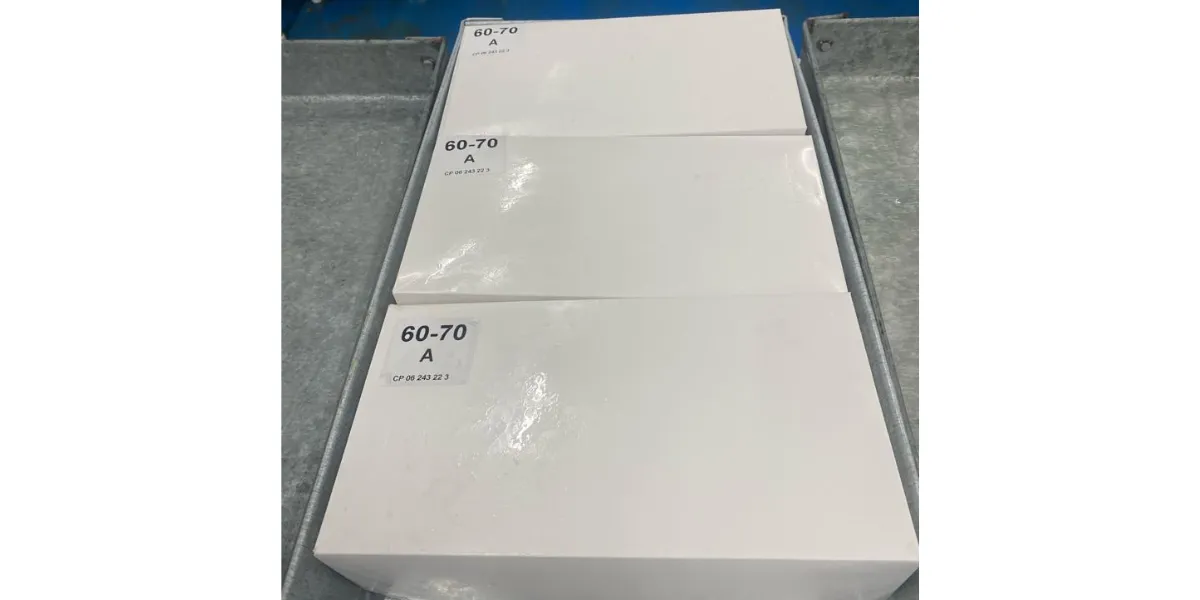Saffron is more than just a spice—it’s an ancient treasure that has shaped culinary traditions for centuries. Known as the “golden spice,” saffron’s deep red threads hold a world of flavor, aroma, and health benefits. When ground into a fine powder, saffron becomes even more versatile, effortlessly blending into dishes to enhance color, taste, and aroma. But not all Saffron Ground is the same. Understanding its different types, properties, and best uses is essential for making the most of this precious ingredient.
Whether you’re a home cook looking to elevate your recipes or a food enthusiast curious about the magic behind this spice, this guide will provide everything you need to know. From identifying the purest forms to unlocking its hidden potential in cooking and wellness, let’s explore the fascinating world of Saffron Ground. Keep reading to discover the secrets of this luxurious spice.
Understanding the Types of Ground Saffron: Pure vs. Adulterated
Ground Saffron comes in different forms, but not all are created equal. Pure saffron powder is made by grinding high-quality saffron threads, retaining its natural compounds like crocin (responsible for color), picrocrocin (which gives it taste), and safranal (which produces its signature aroma). Adulterated saffron, on the other hand, is often mixed with turmeric, paprika, or artificial dyes, compromising both quality and effectiveness.
The best way to distinguish between pure and adulterated saffron is through its scent and solubility. Pure ground saffron has a distinct, rich aroma—earthy, slightly sweet, and floral. When dissolved in water, it gradually releases a golden hue rather than an instant bright yellow, which is a sign of additives.
Another way to ensure authenticity is to buy saffron powder from reputable sources that certify its purity. Many brands use lab-tested saffron, ensuring that no fillers or synthetic colors are added. Understanding these differences helps in making informed choices, preserving the integrity of your dishes while fully benefiting from saffron’s true properties.
The Science Behind Saffron’s Health Benefits
Ground saffron is packed with bioactive compounds that have been studied for their impressive health effects. It is rich in antioxidants, which help fight oxidative stress, reduce inflammation, and protect against cellular damage. Crocin and crocetin, the main carotenoids in saffron, have been linked to improved mood, cognitive function, and even enhanced vision.
One of the most well-researched benefits of saffron is its potential to alleviate symptoms of mild to moderate depression. Studies suggest that saffron extract may work as effectively as some antidepressants, without significant side effects. Additionally, saffron’s anti-inflammatory properties make it beneficial for heart health, reducing the risk of high blood pressure and supporting overall cardiovascular function.
Another interesting property of saffron is its potential in eye health. Research has shown that saffron can slow down age-related macular degeneration (AMD), a leading cause of vision loss. Regular consumption in moderate amounts may contribute to better eye function and protection against retinal damage.
When used in moderation, ground saffron is a powerful natural supplement for overall wellness. However, it’s important to use it properly and avoid excessive intake, as too much saffron can have adverse effects.
Read more: Global Saffron Market: Trends, Prices, and Future Predictions
How to Properly Store Ground Saffron for Maximum Freshness
Proper storage of ground saffron is crucial to preserving its aroma, flavor, and potency. Unlike whole saffron threads, ground saffron is more susceptible to losing its strength when exposed to light, air, and moisture. The key to maintaining its quality is storing it in an airtight, dark container, away from direct sunlight and heat.
A glass jar with a tight-sealing lid is the best option. Avoid plastic containers, as they may absorb some of saffron’s essential compounds over time. Keeping it in a cool, dry place, such as a spice drawer or cabinet, further extends its shelf life. Some experts recommend wrapping the container in aluminum foil to block out extra light exposure.
Humidity is another factor that affects saffron quality. If you live in a humid area, adding a small silica gel packet inside the jar can help absorb excess moisture. Refrigeration is generally not recommended unless you are storing saffron for an extended period. If refrigerated, allow the saffron to reach room temperature before use to prevent condensation from affecting its quality.
By following these storage techniques, ground saffron retains its maximum flavor and effectiveness, ensuring that every dish benefits from its true essence.

Unlocking the Flavor: The Best Ways to Use Ground Saffron in Cooking
Using ground saffron correctly is essential to unlocking its full potential. Unlike whole saffron threads, ground saffron dissolves quickly and evenly, making it ideal for infusing dishes with deep color and aroma. The best way to use it is to steep it in warm water, milk, or broth before adding it to a recipe. This allows the saffron’s compounds to fully activate, releasing its golden hue and rich taste.
Ground saffron works exceptionally well in rice dishes, soups, stews, and sauces. It blends seamlessly into creamy recipes like risottos and curries, enhancing both visual appeal and depth of flavor. Middle Eastern, Indian, and Mediterranean cuisines commonly use saffron powder in their signature dishes, from Persian tahdig to Spanish paella.
For desserts, saffron pairs beautifully with ingredients like cardamom, rosewater, and pistachios. Saffron-infused cakes, ice creams, and puddings create luxurious, aromatic treats that elevate any dining experience. Even beverages like saffron tea or saffron-infused milk provide soothing flavors with added health benefits.
Using saffron wisely ensures that its unique qualities shine through without overpowering other ingredients. A small amount goes a long way, making it a must-have spice in any gourmet kitchen.
The Ancient History and Cultural Significance of Ground Saffron
Saffron has been cherished for thousands of years, dating back to ancient Persia, Egypt, and Greece. Historically, it was used not only as a culinary ingredient but also as a medicinal remedy, a natural dye, and even a luxurious perfume. The vibrant golden color of saffron symbolized wealth and status in many ancient civilizations.
In Persian culture, saffron is a fundamental part of traditional cuisine, often used in rice dishes and stews. In India, it is considered sacred and plays a role in religious ceremonies, as well as in Ayurvedic medicine.
Today, saffron remains a symbol of luxury and refinement. Its rich history continues to influence modern culinary arts, wellness practices, and even the beauty industry. The timeless appeal of saffron ensures that its legacy will endure for generations to come.
Culinary Applications of Ground Saffron: Enhancing Global Cuisines
Ground saffron is a versatile spice that elevates the flavors, aromas, and visual appeal of various dishes across different cuisines. Its fine powder form allows for even distribution, making it a preferred choice for chefs and home cooks alike.
Middle Eastern and South Asian Cuisines
In Middle Eastern cuisine, ground saffron is integral to dishes like Persian Tahdig, a crispy rice delicacy, and Kebabs, where it’s used in marinades to impart a unique flavor. In Indian cuisine, saffron is essential in Biryani, a layered rice dish, and Kheer, a traditional rice pudding. Its subtle yet distinct taste complements the rich spices commonly used in these regions.
European Delicacies
European dishes also benefit from ground saffron. In Spain, it’s a key ingredient in Paella, a seafood and rice dish, providing its characteristic golden hue and depth of flavor. Italian cuisine utilizes saffron in Risotto alla Milanese, a creamy rice dish that showcases the spice’s ability to enhance simple ingredients.
Beverages and Desserts
Beyond savory dishes, ground saffron is used in various beverages and desserts. Saffron-infused teas are popular for their soothing properties. In baking, saffron adds a unique flavor to cakes, cookies, and breads, such as the Swedish Lussekatter, saffron-flavored buns traditionally served during St. Lucia’s Day.
Modern Culinary Innovations
Contemporary chefs experiment with ground saffron in fusion cuisines, incorporating it into sauces, dressings, and even ice creams. Its adaptability allows for creative culinary expressions, making it a cherished spice in modern gastronomy.
Usage Tips
To maximize its flavor, it’s recommended to bloom ground saffron in warm liquid before adding it to dishes. This process releases its aromatic compounds, ensuring even flavor distribution. Given its potency, a small amount suffices to impart the desired taste and color.
Incorporating ground saffron into your cooking repertoire can transform ordinary dishes into extraordinary culinary experiences, reflecting its esteemed status across global cuisines. (Best Ways to Use Saffron in Cooking & Drinks)
Potential Side Effects and Precautions When Using Ground Saffron
While ground saffron is celebrated for its culinary and medicinal benefits, it’s essential to be aware of potential side effects and exercise caution in its usage.
Possible Side Effects
• Allergic Reactions: Some individuals may experience allergic responses to saffron, including itching, rashes, or respiratory difficulties. It’s advisable to perform a patch test or consult a healthcare provider if you’re prone to allergies.
• Gastrointestinal Issues: Excessive consumption of saffron can lead to digestive problems such as nausea, vomiting, or diarrhea. Moderation is key to avoiding these adverse effects.
• Mood Alterations: Saffron has mood-enhancing properties, but in large amounts, it may cause mood swings or heightened emotional responses.
Precautions
• Pregnancy and Breastfeeding: Pregnant women should exercise caution, as high doses of saffron might stimulate uterine contractions, potentially leading to complications. It’s best to consult a healthcare provider before use.
• Medication Interactions: Saffron may interact with certain medications, including blood pressure drugs and anticoagulants. If you’re on medication, seek medical advice before incorporating saffron into your diet.
• Quality and Purity: Ensure you’re using pure ground saffron, as adulterated products may contain harmful additives. Purchase from reputable suppliers to guarantee quality.
Recommended Dosage
Moderation is crucial when consuming saffron. Studies suggest that up to 1.5 grams per day is safe for most individuals. However, doses exceeding 5 grams can be toxic, and amounts around 20 grams may be fatal.
While ground saffron offers numerous benefits, responsible usage is vital. Being informed about potential side effects and adhering to recommended dosages can help you enjoy saffron safely. When in doubt, consult a healthcare professional to ensure it aligns with your health profile.

The Economic and Cultural Significance of Ground Saffron
Ground saffron, often dubbed “red gold,” holds immense economic and cultural value across various regions.
Economic Importance
Why Is Persian Saffron So Expensive? Saffron is one of the world’s most expensive spices, with prices reflecting its labor-intensive harvesting process. Countries like Iran, Spain, and India are leading producers, contributing significantly to their economies through cultivation and export. The high market value of saffron has also led to challenges like adulteration, making quality control a critical concern in the industry.
Cultural Significance
Throughout history, saffron has been more than a culinary ingredient. In Persian culture, it’s a symbol of hospitality and is used in traditional dishes during festive occasions. In India, saffron is associated with purity and is used in religious ceremonies and offerings. European cultures have incorporated saffron into their culinary traditions, with dishes like Spanish paella and Italian risotto reflecting regional identities.
Medicinal and Therapeutic Uses
Historically, saffron has been used in traditional medicine systems for its therapeutic properties. It’s been employed to treat ailments ranging from digestive issues to mood disorders, underscoring its cultural importance in holistic healing practices.
The economic and cultural significance of ground saffron underscores its unique position in global societies. Its rich history, coupled with its continued relevance, highlights the enduring allure of this precious spice.
Sustainability and Ethical Considerations in Saffron Production
As demand for ground saffron grows, sustainability and ethical practices in its production have become increasingly important.
Environmental Impact
Saffron cultivation requires specific climatic conditions, often leading to intensive farming practices that can strain local ecosystems. Sustainable farming methods, such as crop rotation and organic farming, are essential to mitigate environmental degradation.
Labor Practices
Harvesting saffron is labor-intensive, involving meticulous hand-picking of delicate stigmas. Ensuring fair wages and safe working conditions for laborers is crucial. Ethical certifications can help consumers identify products that adhere to fair labor practices.
Adulteration Issues
The high value of saffron makes it susceptible to adulteration, where inferior substances are mixed to increase weight. This not only deceives consumers but also undermines ethical producers. Supporting transparent supply chains and purchasing from reputable sources can combat this issue.
Embracing sustainability and ethical considerations in saffron production ensures the preservation of its quality and the well-being of communities involved in its cultivation. Conscious consumer choices play a pivotal role in promoting these practices.
Ground Saffron – A Spice Beyond Ordinary
Saffron Ground is a powerful ingredient that transforms both taste and health. From its rich color and unmistakable aroma to its remarkable health benefits, this spice holds an irreplaceable place in global cuisine. Knowing how to identify pure saffron, store it properly, and use it effectively ensures you get the best out of every pinch. Whether in a comforting dish or as a natural wellness booster, ground saffron continues to be a timeless and invaluable treasure in kitchens worldwide.




